It’s usually pretty easy to catch middle school students reading a text, a SnapChat, or anything on social media, but the best feeling in the world is catching one of your students reading a book all on their own with no prompting from you. While sometimes this has nothing to do with us (some people are just readers), there are ways for teachers to foster this potential hobby. Middle school literature circles are a great way to get students hooked on reading!

What are Literature Circles
Literature circles can be your classroom’s best friend when it comes to fostering not only reading, but talking about literature as well. A literature circle is when you put students into small groups and have each group read a different text. Once the text is read, the students who read the same text get together to discuss a variety of aspects of the text.
What texts should I use?
When you are creating literature circles, there are a few things that you’re going to have to figure out. One of the big questions is what texts should you use? The good news is you can really use any type of text you would like including:
- Informational articles or novels
- Poems
- Short stories
- Fictional novels
In other words, you can use any type of text that you would like. You really just want to be sure that there is some type of commonality between all of the texts. The common ground can be anything including:
- The author
- A theme
- For symbols
- Figurative Language
- Making Connections
- Character Study
- Hero’s Journey
- Plot Development
By having an aspect that is the same, you can create several different types of literature circles. When you have several different types of literature circles, you can focus your lessons on that “type.”
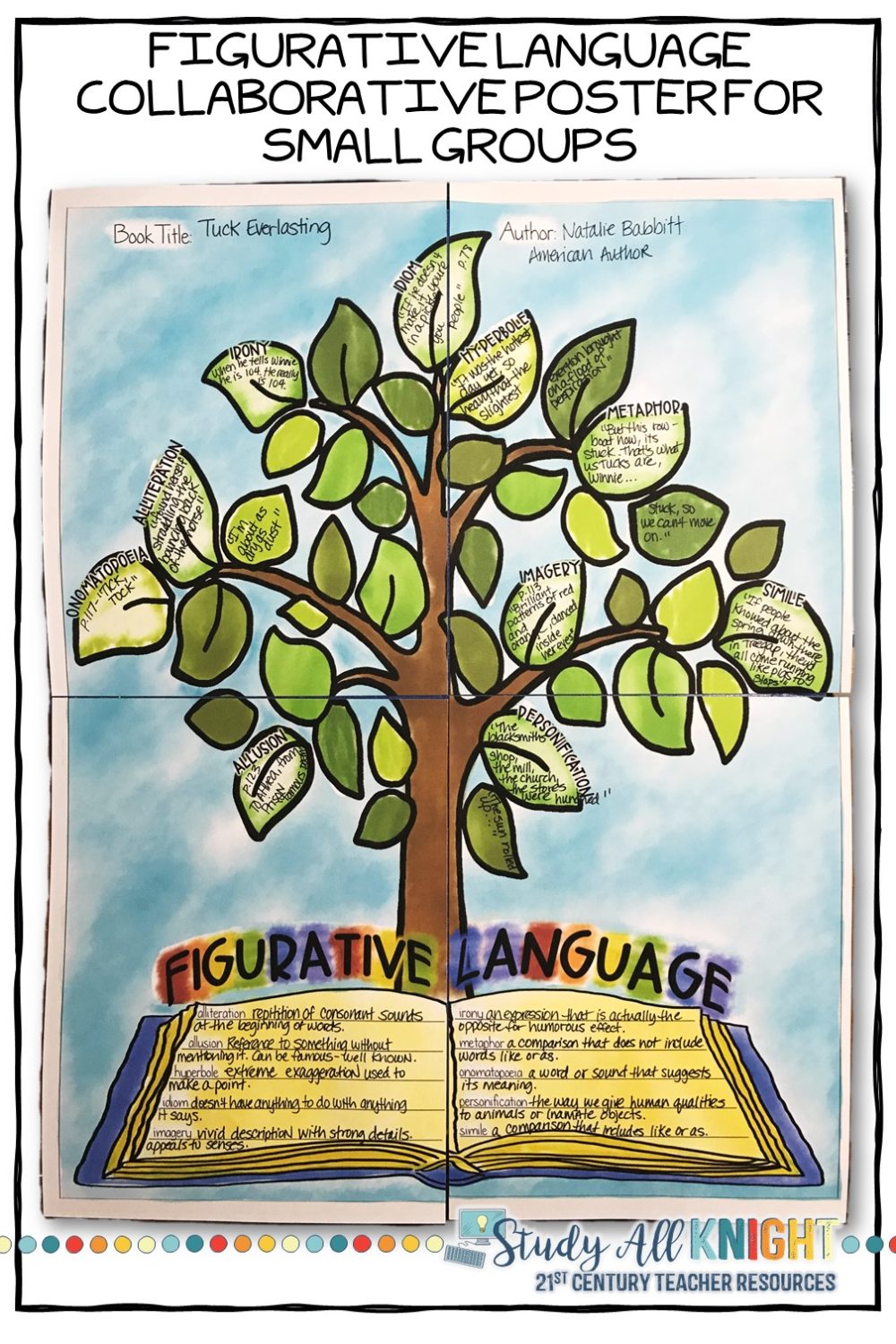
What do I teach when using literature circles?
There are a variety of ideas you can teach while you are doing literature circles in your middle school classroom. No matter what, you should always teach plot structure because understanding and being able to identify different points of plot is great for comprehension. While teaching plot structure is important for all prose literature whether it’s fiction or nonfiction, there are some specifics you can teach with each category.
When you are teaching a fictional text, it’s important to talk about making connections. Making connections helps deepen the students’ understanding of the subject matter and it might get them interested in reading the texts other groups are reading. This connection can be anything from the theme to characters and how they develop which leads to a good conversation about characterization.
Another important idea to teach when reading fictional texts as well as poetry is symbolism as well as figurative language.
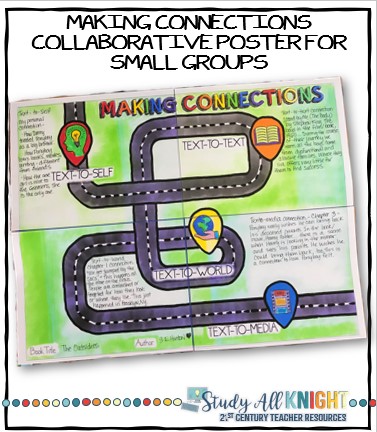
If you are focusing more on informational texts, you can teach students about the various types of nonfiction and what the purpose for each one is. For example, if you are reading persuasive texts and that is your common theme, it is a good time to talk about how ethos, pathos, and logos play a role in persuasion.
When you are starting out with literature circles in your middle school classroom, you can always find great resources on TPT.

How do I group my students?
Once you have decided what texts you are going to use in your middle school literature circles, you can start focusing on grouping your students together. There are a few ways that you can group your students. One way is to allow your students to vote on what text they want to read based on a “sales pitch” you give them for each text. Your sales pitch can be the buy-in students need to start reading. If the sales pitch doesn’t work, try to talk to them about how reading in smaller groups will make them stronger readers. The sales pitch is great when you are reading novels or texts that will take several days or weeks to read. Another way is for you to assign students based on:
- Personality types. (we all know there are students who just don’t work well together)
- Interests. If you know what your students like you can put them into groups by what they may like the most.
- Ability. When you group students by ability, you should have an array of readers. Having stronger and weaker readers together can boost leadership skills and reading skills.
How you group your students will depend heavily on the personalities in your classroom. Because you know your class best, you should use your best judgment and revise if needed for the next literature circle.
Another aspect to think about when creating your groups is by meeting times. When I have done literature circles in the past, we designated a class period once a week to our literature circles. On these days, I would spend 5 to 10 minutes with each group listening to the conversations they have.
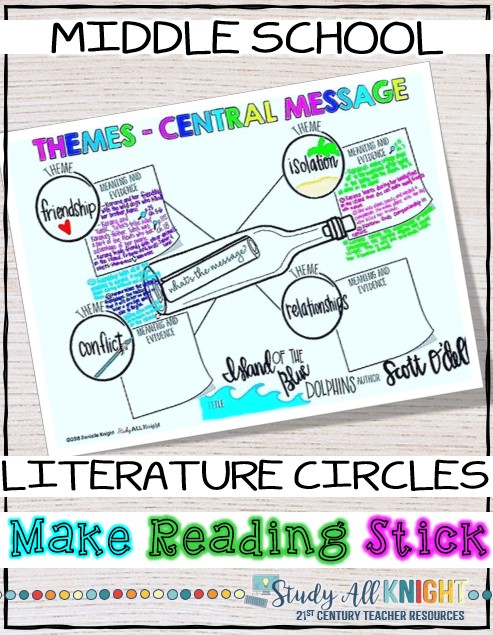
When should we read?
Depending on what type of text you are reading will depend on when you read. One way to ensure students are getting reading time is to set 10-15 minutes of time to the side to read every single day. If your students can read longer than that, it’s recommended you allow them to read for up to 25 minutes. Students can also read when they finish something early and have downtime throughout the day.
How do I assess students’ work?
Whenever we have students read, we want them to understand the text as well as the literary concepts. Because it would be very overwhelming to have reading questions for every chapter, to assesses their comprehension I would use quizzes throughout the text. These quizzes should be scheduled so students are motivated to meet their reading goals as well. A reading goal is how far they should have read by a certain date.
Another way to assess students is by the literary concepts you are teaching them. A worksheet, group poster, or any other form of assessment that shows the literary concepts in use can be a great way to assess your students.
What if this fails?
If you try a literature circle in your middle school classroom and it totally flops due to bad groupings, the wrong level text, students not focusing, or anything else, remember Rome wasn’t built in a day. If your groupings don’t go well, reassess what you did before and try a different route. You should also reflect on why the groups didn’t work and see what you can do to fix the issue. Another issue that may arise is using texts that are too low or too high. Again, reflection and reassessment is a great way to fix this issue. While we may think our students are ready, they might be overwhelmed or nervous about talking with their peers. Explicit teaching on how to read and how to talk about literature can solve so many problems from grouping, focus, and text issues.
The big question: Why choose literature circles?
Literature circles are a great way to get students reading together. When students are reading in small groups, they tend to take on a role within their group which makes them more likely to read. Whenever we feel important, we tend to do our best work. Another reason literature circles are amazing is simple: lesson planning. Whenever you are using literature circles there is going to be a common idea that each text used has. This lends itself to specific teaching of literary devices, text structures, and more! In addition to having your lesson plans mapped out, students can work on these specific skills in a smaller group which usually leads to a deeper understanding.
There are so many ways to teach literature in your classroom. While literature circles are just one of the many options, the benefits are amazing. Literature circles create a deeper understanding of not only a text, but how to use literary devices to a reader’s advantage. You can help create readers by creating literature circles in your classroom today.

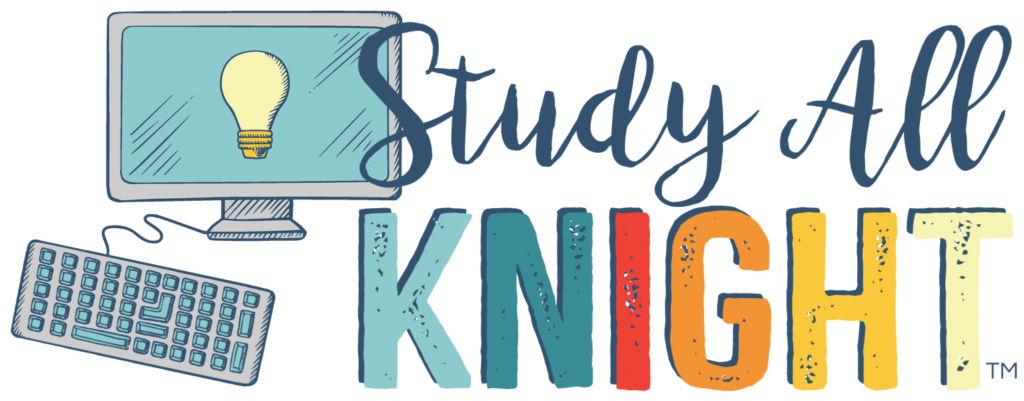

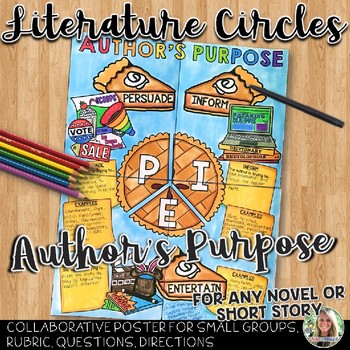


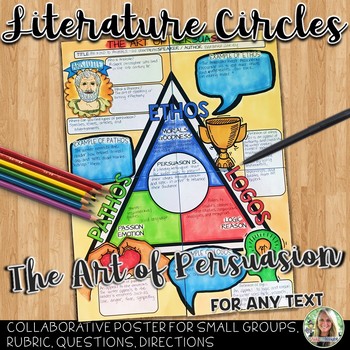
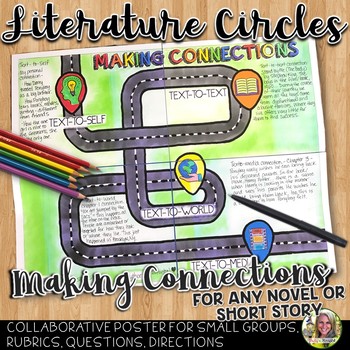

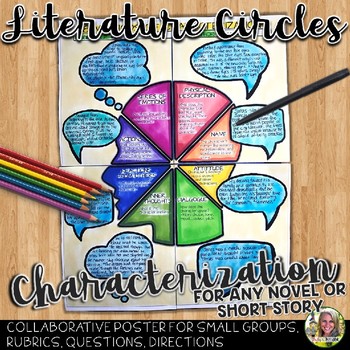



2 Comments
Why can I not figure out how to purchase your literature circle products? Nothing happens when I click on the bundle image (or any of the others), and I don’t see any purchase options on the page.
hello there! Click on the “buy product” It will take you to TPT. THANK YOU!